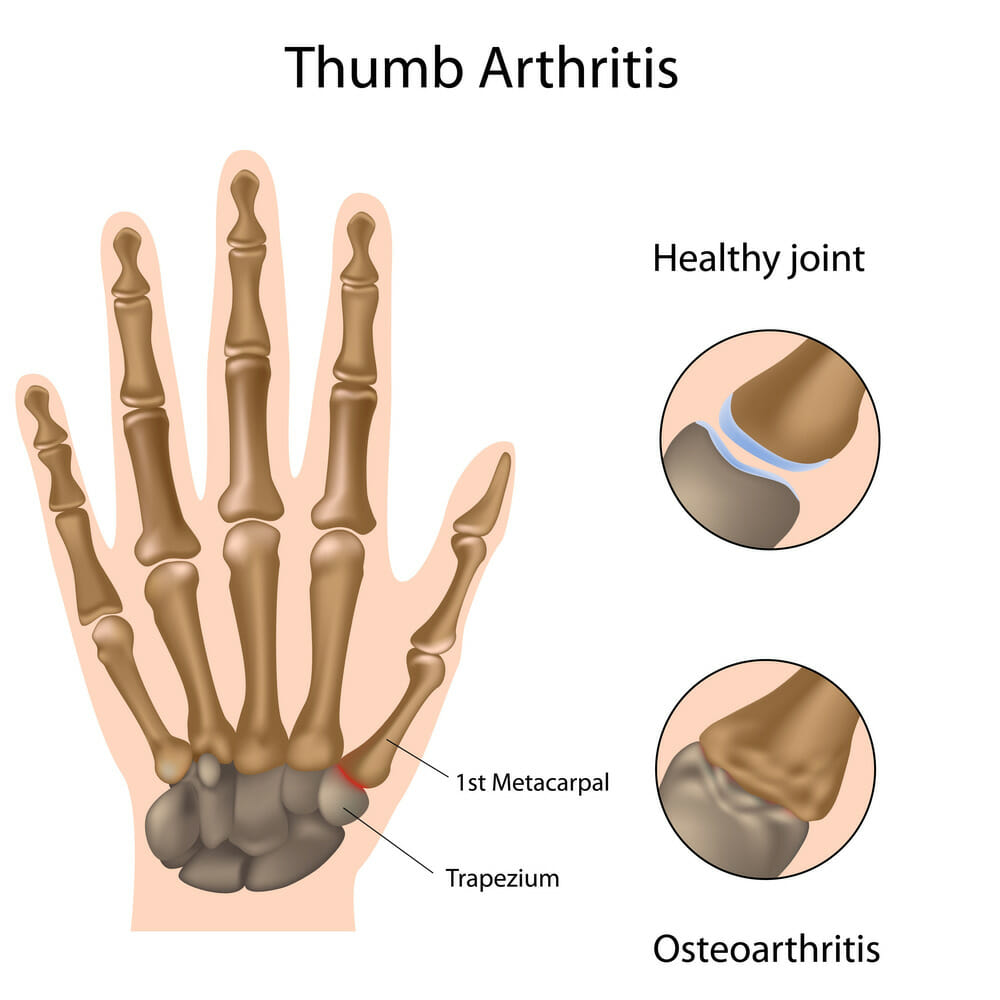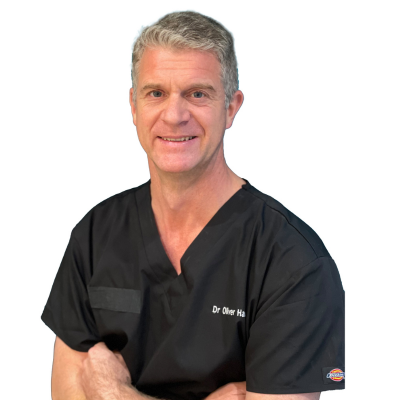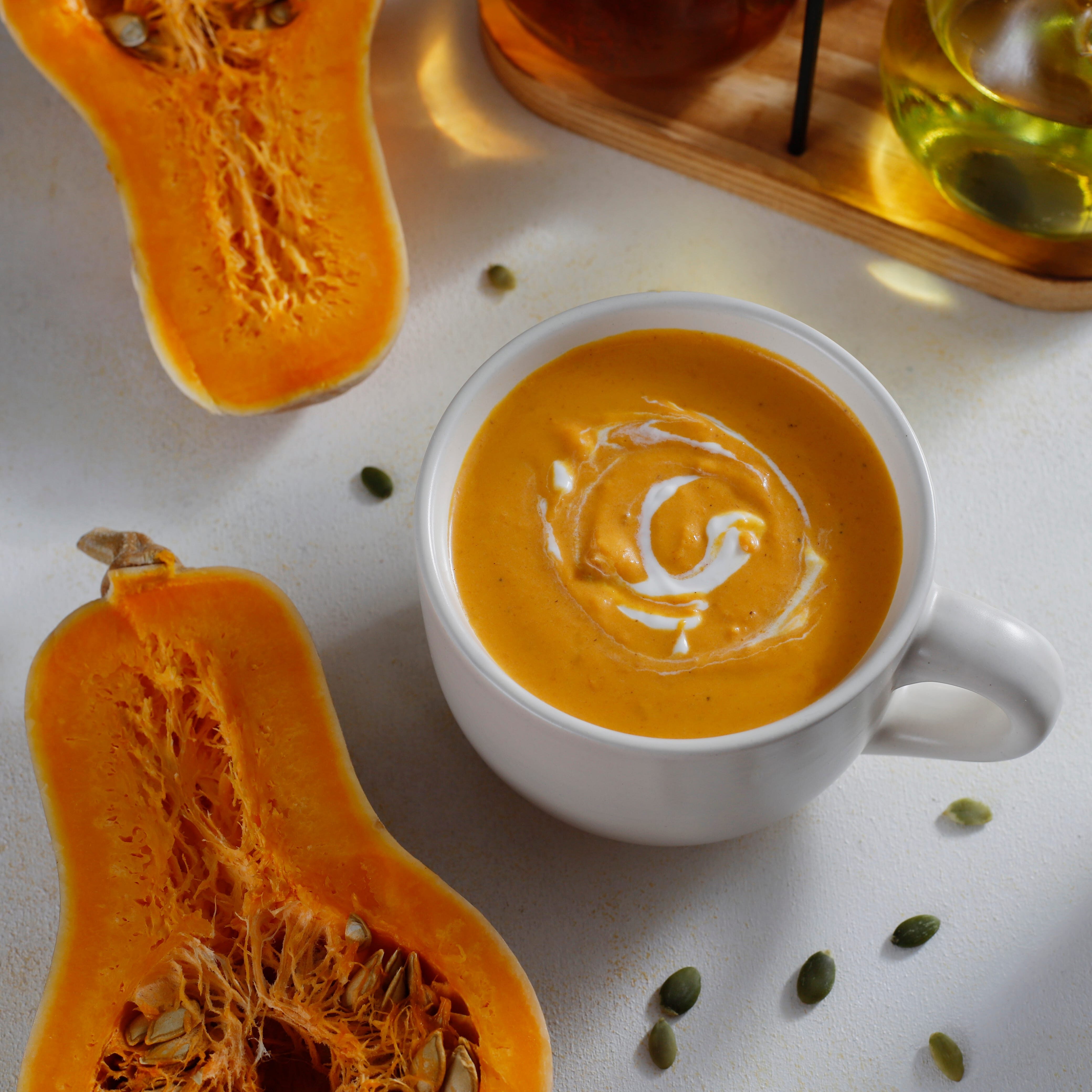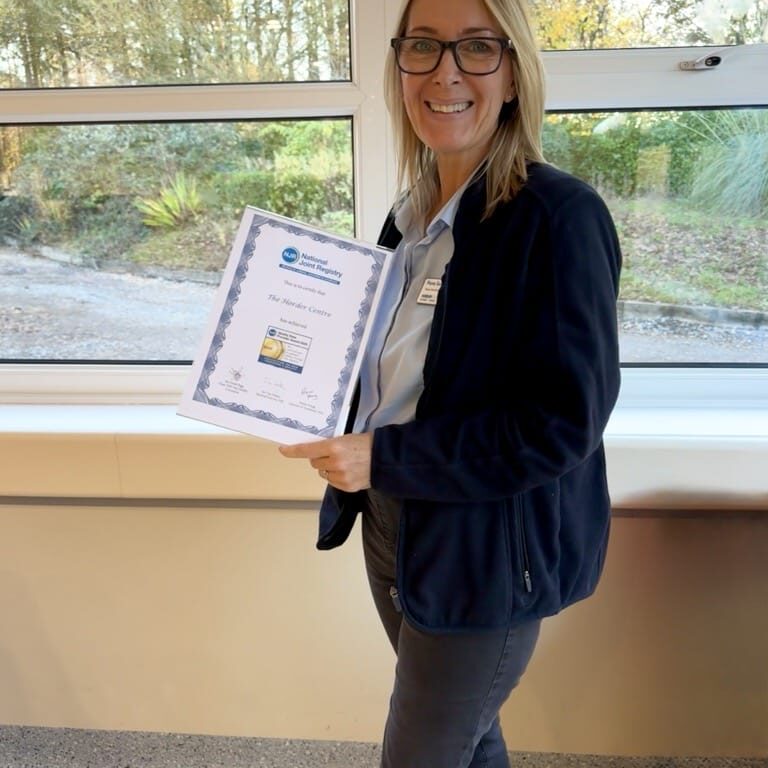Arthritis around the base of the thumb is a very common complaint. This is usually due to normal wear and tear, caused by the demands placed on the thumb during our everyday activities. Arthritis can cause pain, stiffness and deformity in the thumb.
What is a trapeziectomy?
The surgery, called a Trapeziectomy, involves removing a small bone (one of eight which form the wrist) called the trapezium. This is situated at the base of the thumb. This provides more space for the thumb to move so that the arthritic bone surfaces are not rubbing together causing pain.

What does the operation involve?
The operation will usually involve you coming in hospital for a day. Your arm may be numbed using a regional anaesthetic or a general anaesthetic may be used. A small incision is made at the base of the thumb and the operation is carried out.
After the surgery, a bulky dressing is applied to protect the thumb. During this time it is important to keep the hand elevated to help get rid of the swelling, and to move the fingers to prevent them from getting stiff. After two weeks the dressing and stitches are removed, and a lighter splint is made which will allow you to use the hand for light activities yet still protecting the thumb. Once the wound is healed it is safe to get the hand wet making sure that is it dried well before reapplying the splint. At this stage, you can moisturise and massage the scar (E45/Nivea etc).
After four weeks you will be taught some exercises, which are to be done out of the splint. as well as light activities. However, the splint is to be worn for protection and at night for a total of 6 weeks. How much you should do with the hand at this stage depends on how much pain you are in. If it hurts when using the thumb then rest it back in the splint.
How soon will I recover from a trapeziectomy?
Recovery of full function can take a long time and in some cases, it can be six months or so before you can carry out any heavy lifting. Driving is usually okay after eight weeks but this is dependant on whether you have regained movement and can drive pain free. You will need to discuss returning to work with your physiotherapist or occupational therapist, as it will obviously vary depending on your job.
Are there any alternatives to surgery?
- You can adapt your lifestyle to prevent certain activities that make the pain worse.
- Simple painkillers can often provide good relief, advice about what may be suitable to you can be gained from your local pharmacist.
- Splints which may be custom made, or bought ‘off the shelf’ can immobilise the thumb joints and provide support and therefore pain relief.
- Steroid injections can often provide good relief, the benefit is however usually short-term.

Information leaflet
This document is intended for information purposes only and should not replace advice that your relevant health professional would give you.
© EIDO Systems International
The operation and treatment information on this webpage is produced using information from EIDO Systems International and is licensed by Horder Healthcare. The information should not replace the advice that your relevant health professional would give you.
Consultants that perform this procedure
Get referred to The Horder Centre today
The Horder Centre provides the highest quality services to NHS, privately insured and self-pay patients, from initial consultation and diagnostic tests right through to surgical treatment and rehabilitation.
We are rated as a 5* healthcare provider
Read our latest patient reviews on Doctify.










